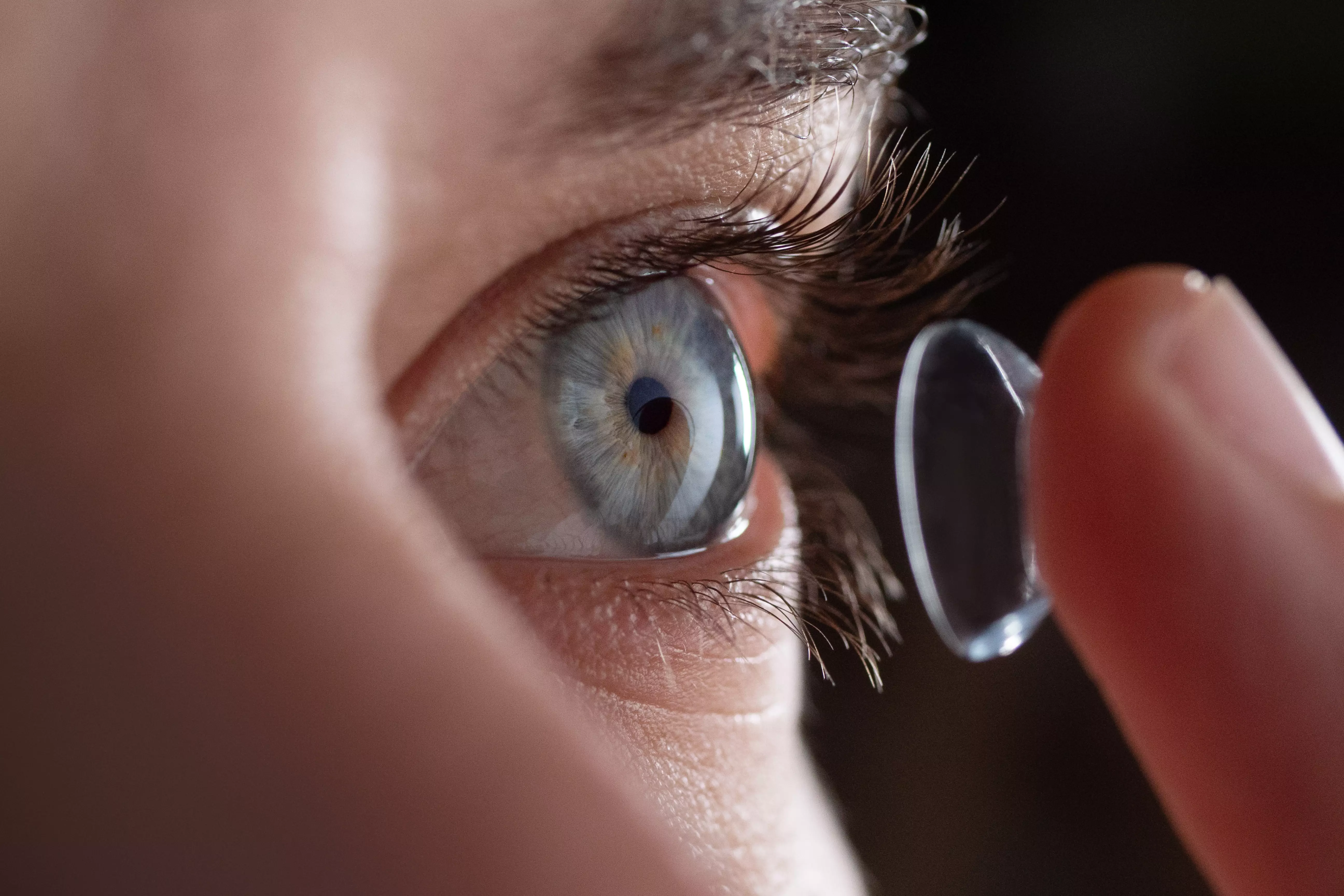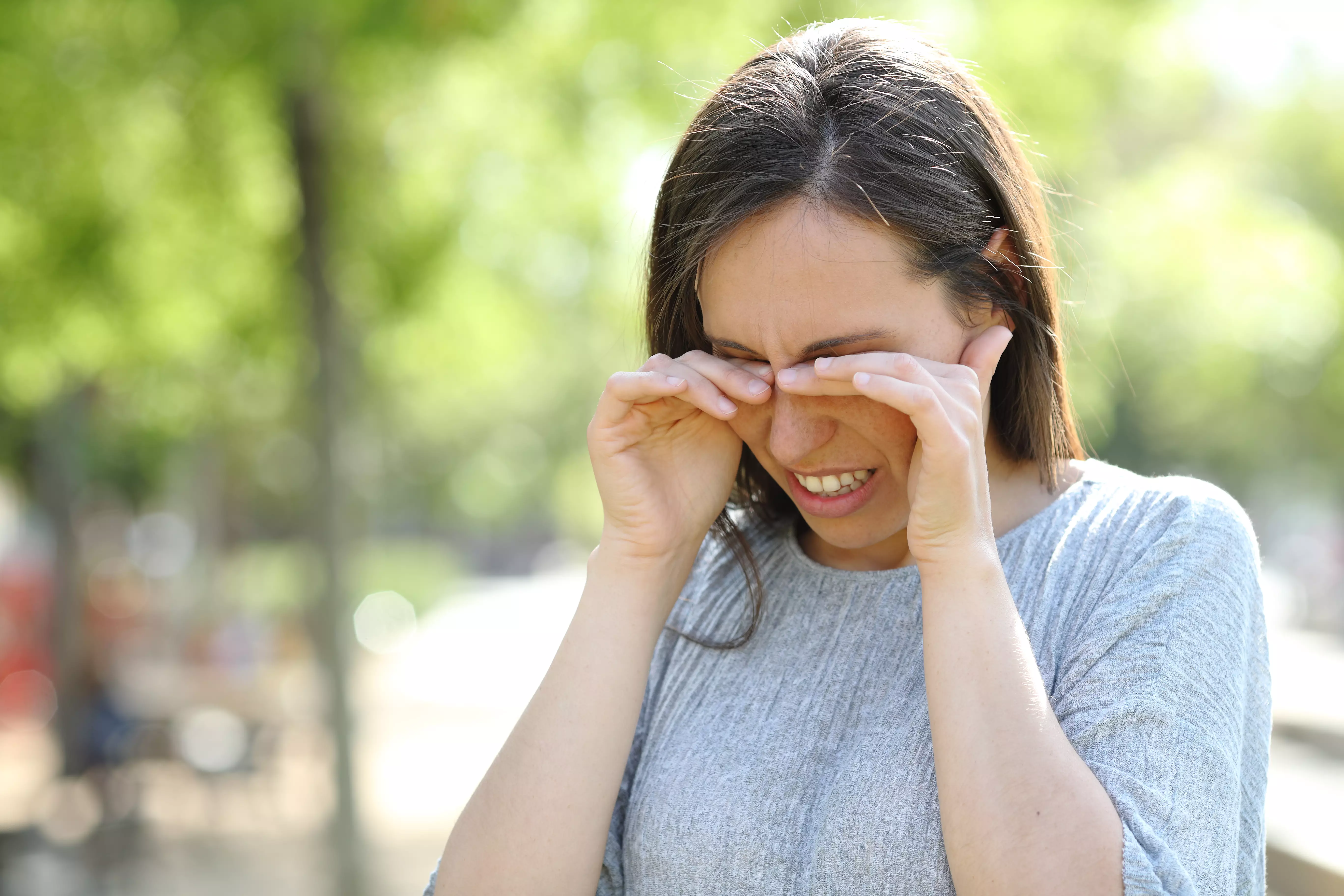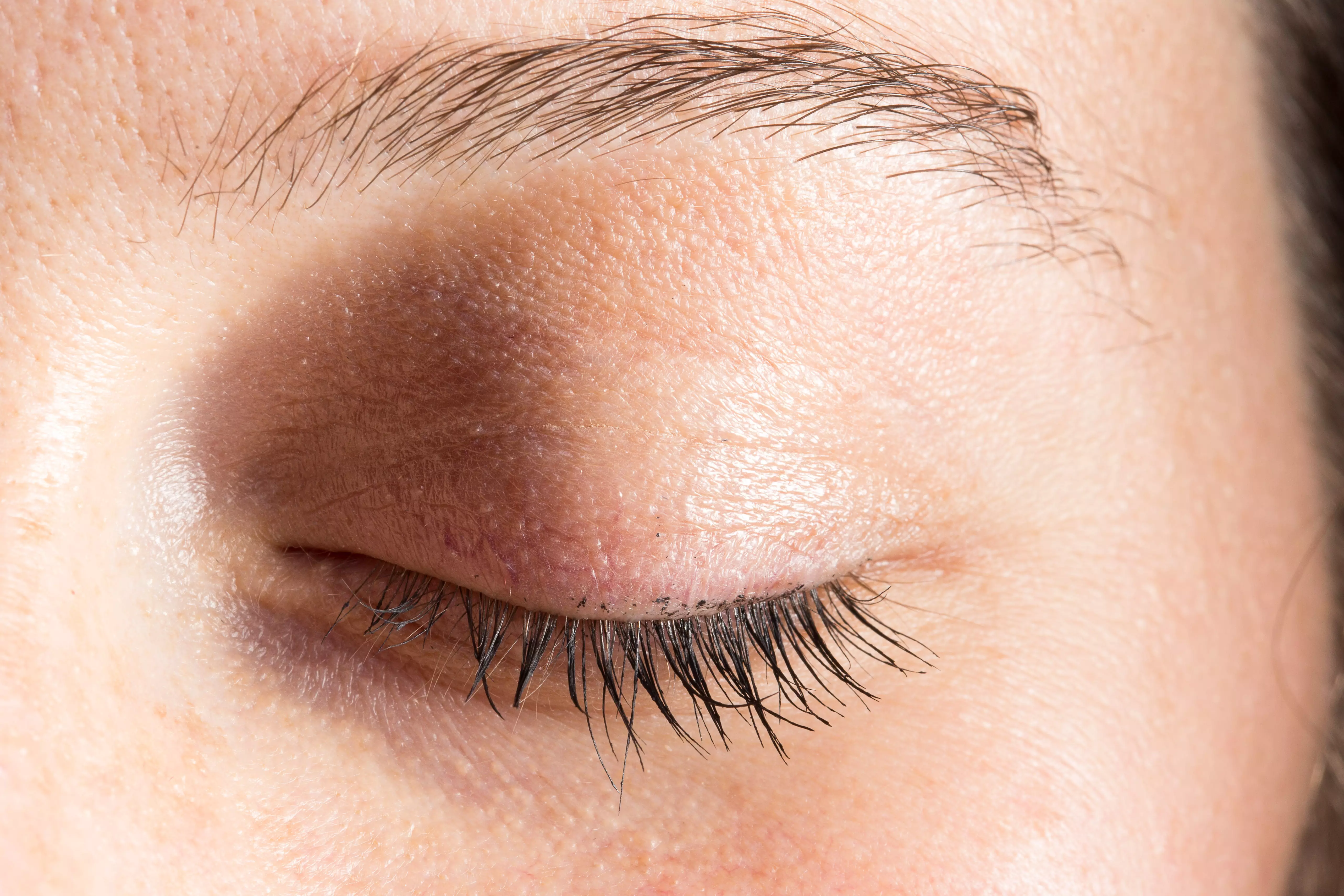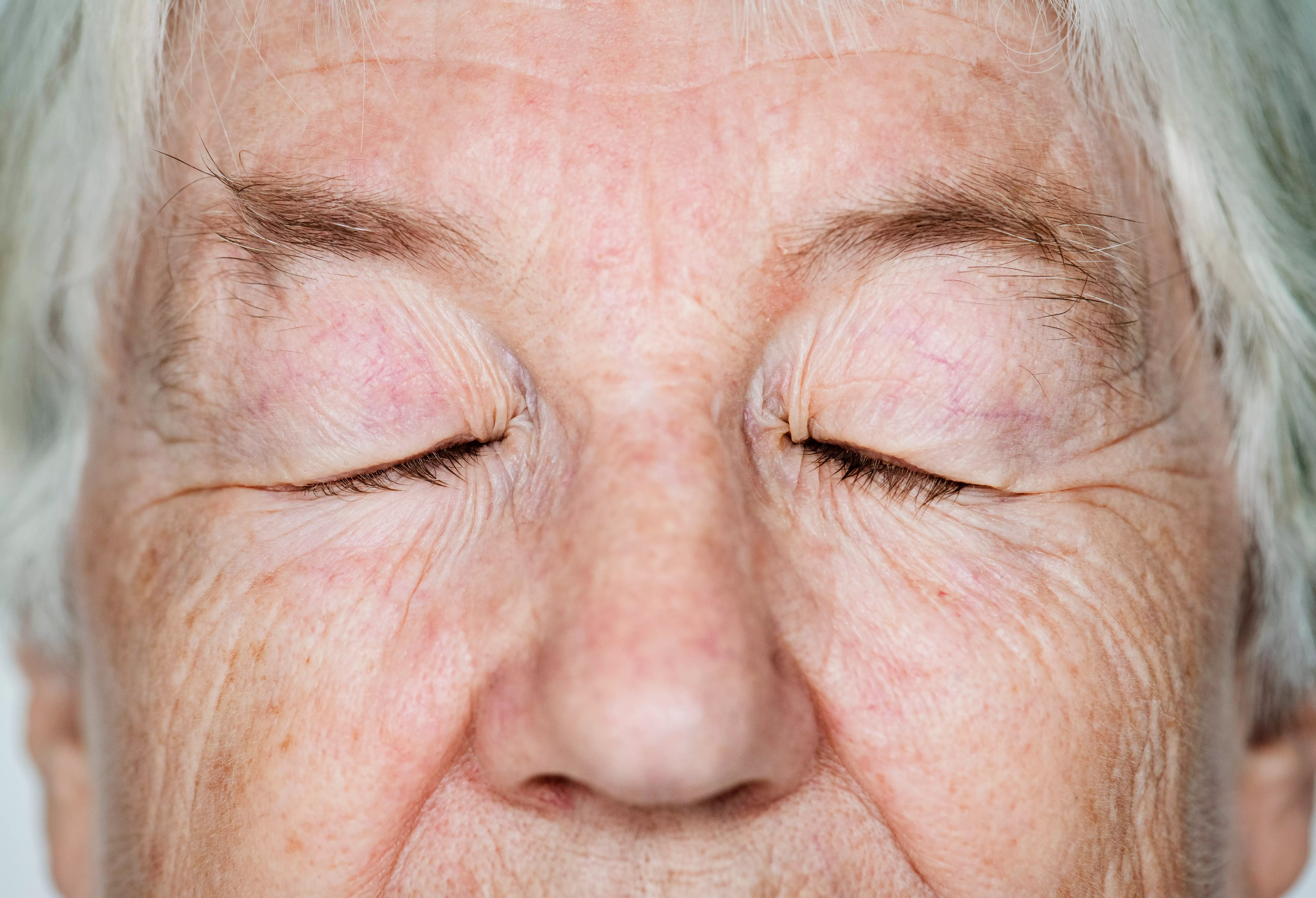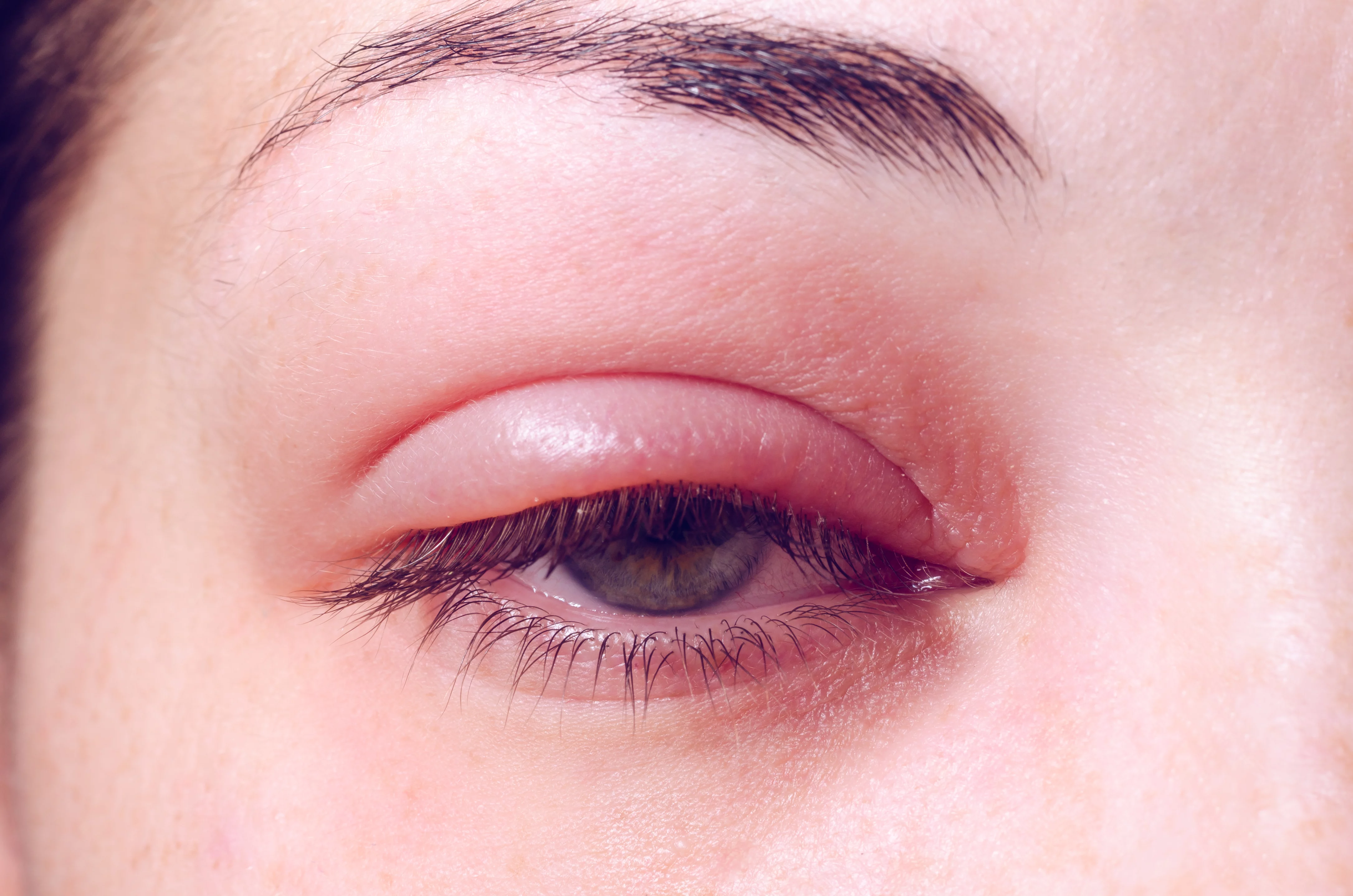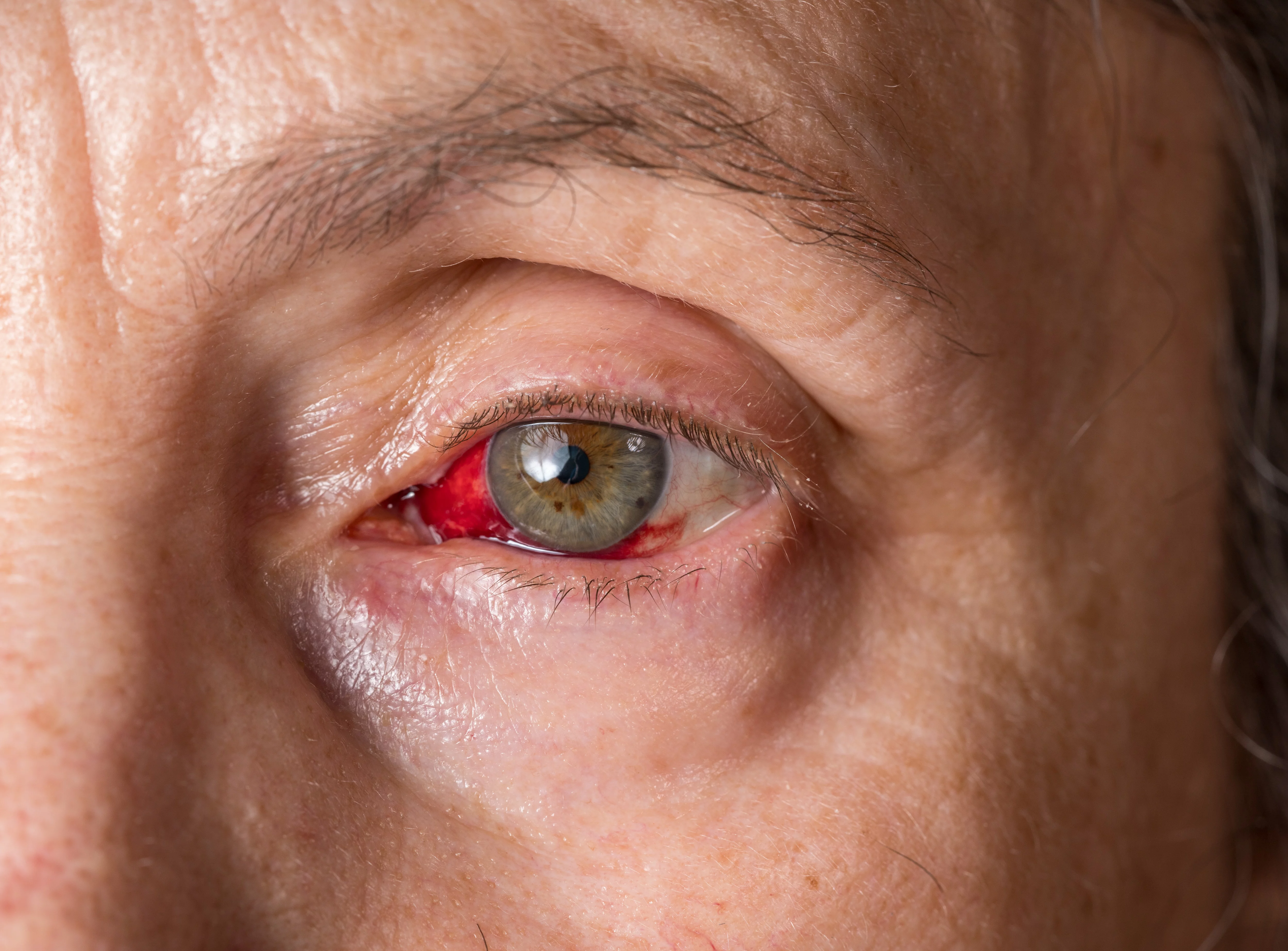What is dry eye?

Dry eye, also known as dry eye syndrome, is a chronic irritation of the surface of the eye caused by abnormalities in the quantity and/or composition of tears¹.
Tears, produced by the lacrimal glands, are composed of water and salt. In addition, small quantities of proteins and lipids (fats) are supplied by cells (mucus cells, located in the conjunctiva, the thin membrane covering the white of the eye) and small glands (Meibomian glands) located in the eyelids³.
Regular blinking of the eyelids mixes and spreads these different components, forming a moisturizing, lubricating and protective film that adheres to the surface of the eye, known as the “tear film”.
